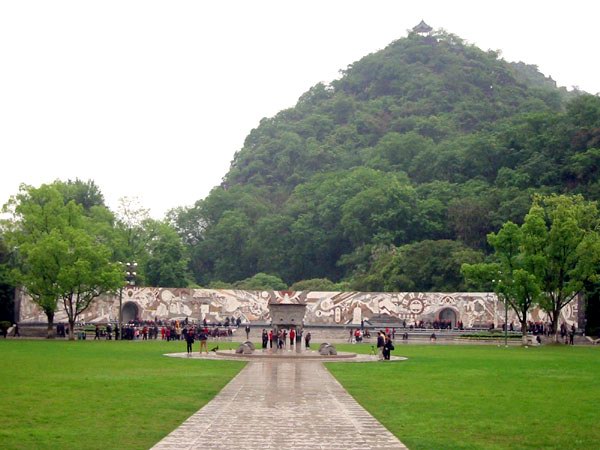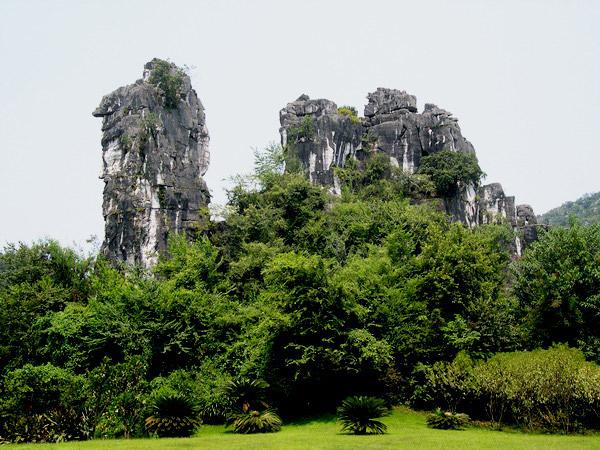Registered as one of the best city parks in China, the Guilin Seven Star Park (Qixing gongyuan) is for sure the attraction that you should do when having some extra time in the city. Most picturesque and visited park of Guilin area, the Seven Star Park is also the largest park of the city for its more than 120 hectares of mountains, clear water, amazing stone forest, calm valleys, animals and plants diversity and valued cultural relics. Tracing back to the Sui (581-618) and Tang (618-907) dynasties, the park has gained even more reputation with years due to its unique natural richness. Praised by former American President Bill Clinton in 1998 during a speech on environmental protection, Seven Star Park is a place where to enjoy diverse attractions such as the Flower Bridge, Seven Star Buddhist Temple, Seven Star Cave, Camel Hill, Guihai Stele Forest, Light of China Square, Guilin Seven Star Zoo, Children's Amusement Park, 3 Generals and 800 Warriors' Tomb, Mosque, Potted Scenery, and Sea of Sweet Osmanthus Trees and Forest of Tablets (Gui Hai Bei Lin, a large collection of sweet osmanthus trees and ancient tablets). A huge natural scenic spot near to the city center of Guilin!

The Seven Star Park's Putuo Mountain, main body of the park located at its northwest, is the worshipping place of the Avalokitesvara Bodhisattva. The four peaks composing the Mountain are the Tianshu, Tianxuan, Tianji and Tianquan Peaks. This part of the park is abounding with many grottoes (among which are the famous Yuanfeng Cave and Seven Star Cave), pavilions (Xuanwu Pavilion and Zhaixing Pavilion at the top, giving the best city skyline ever). Most important attraction of the park: the Seven Star Cave in the eastern part of Putuo Mountain is where admiring stalactites, stalagmites and stone pillars. By climbing the mountain, the Tomb of the Three Generals and the Tombs of 800 Heroes can be seen. Arrived at the top, the Putuo Stone Forest is waiting for travelers and constitutes a great highlight of the area, where seeing numerous ancient tablets, cultural relics and stone inscriptions (more than 200 indeed).
